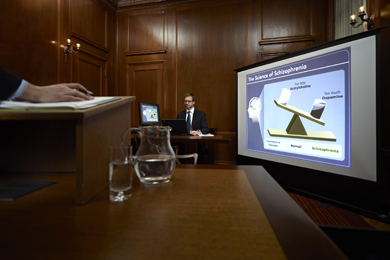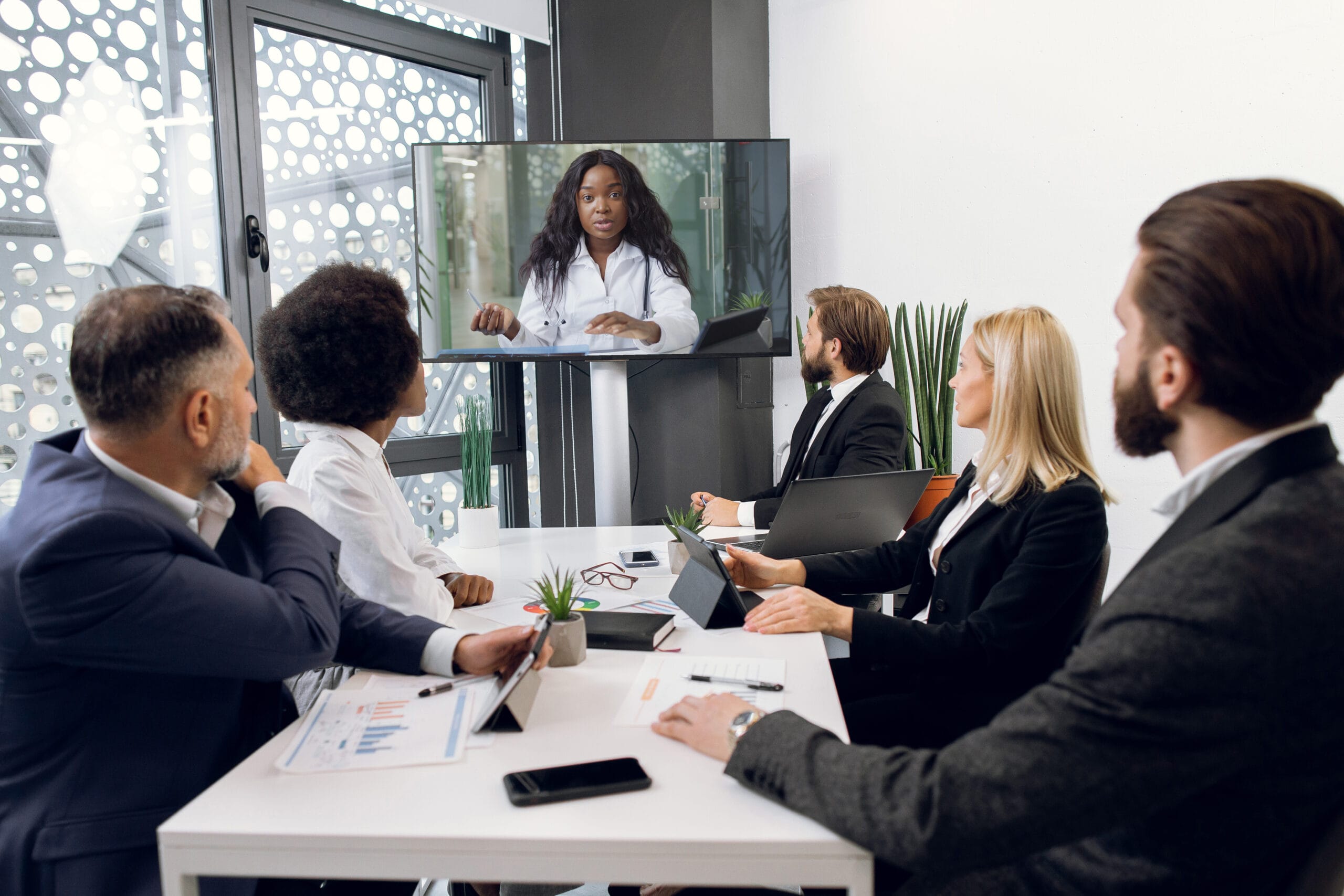Mesmerize the Jury: Important Elements of a Powerful Test Discussion
Essential aspects such as understanding the audience, crafting an engaging narrative, and grasping spoken and non-verbal communication are critical elements of a reliable presentation. As these aspects intertwine, they develop a natural strategy that not only educates but likewise involves jurors on multiple levels.

Understanding Your Audience
Recognizing your target market is an essential facet of effective trial presentation. A successful presentation rests on the ability to grasp the demographics, values, and tendencies of jurors. This comprehension notifies exactly how debates are framed, evidence is presented, and sob stories are crafted, making sure that the message reverberates with the jurors on a personal degree.
Research study suggests that jurors originated from varied backgrounds and may have varying levels of comprehending pertaining to lawful proceedings (trial presentation). Hence, it is crucial to avoid legal lingo that can estrange or perplex them. Rather, using clear, relatable language promotes interaction and comprehension. Additionally, understanding the jurors' potential biases and life experiences allows the test speaker to expect objections and address concerns proactively.
Reliable trial discussion also includes observing jurors' responses during the process. Engaging with jurors as people rather than a cumulative device is crucial in fostering a solid link in the courtroom.

Crafting an Engaging Narrative
Crafting a compelling story is important in directing jurors via the intricacies of a case. A well-structured story not only streamlines elaborate lawful principles however also involves jurors on an emotional level, making the details much more relatable and memorable.
To accomplish this, lawyers must begin by identifying the core message they desire to convey. This message must resonate with the jurors' worths and experiences, fostering a link that goes beyond simple realities. The narrative must unfold rationally, providing occasions in a clear sequence to prevent complication. This chronological strategy can help jurors comply with the development of events, stressing cause and impact.
Incorporating human aspects-- such as personal stories or narratives-- can better enhance the narrative's impact. These aspects stimulate compassion, allowing jurors to imagine the repercussions of the situation on the real worlds. Additionally, utilizing a regular motif throughout the presentation reinforces the main disagreement, making it less complicated for jurors to retain vital factors.
Inevitably, an engaging story changes a test discussion from a plain address of realities into a convincing tale that astounds the court, urging them to mull over with both factor and emotion.
Using Aesthetic Help
Including aesthetic help into a trial discussion can dramatically enhance jurors' understanding and retention of information. Aesthetic materials such as graphes, representations, photos, and video clips can change intricate lawful ideas and evidence right into quickly digestible layouts. By engaging multiple detects, these help allow jurors to visualize the instance's crucial elements, making it easier for them to follow along and grasp detailed details.
Moreover, properly designed visual help can highlight vital points and highlight relationships in between different items of evidence. Timelines can effectively show the sequence of occasions, while annotated images can clear up specific information relevant to the instance. This not just help in understanding however likewise strengthens the story offered by the attorney.
It is crucial, nevertheless, to make sure that visual aids are relevant, clear, and skillfully presented. Excessively intricate or cluttered visuals may bewilder jurors and interfere with the message. When utilized carefully, aesthetic aids serve to enhance the dental disagreements and boost the overall effect of the trial presentation. Eventually, browse around these guys reliable visual communication can be an effective device in encouraging jurors and assisting them get to educated final thoughts.
Grasping Verbal Interaction
Reliable spoken communication is important in a test discussion, as it acts as the main methods through which attorneys convey their arguments and connect with jurors. Grasping this skill includes clearness, persuasion, and interaction. Lawyers need to verbalize their factors clearly and concisely, preventing legal jargon that might perplex jurors. Simpleness in language cultivates understanding and aids jurors realize intricate concerns presented throughout the test.
Moreover, tone and pacing substantially effect how messages are obtained. A certain tone communicates authority, while appropriate pacing permits jurors to take in information without feeling bewildered. Attorneys ought to also differ their vocal inflections to emphasize vital points and maintain jurors' passion throughout the presentation.
Additionally, the company of verbal debates is crucial. Structuring the narrative rationally and coherently helps jurors adhere to the view it now attorney's line of reasoning, making it much easier for them to maintain crucial details. Utilizing persuasive methods, such as storytelling, can likewise enhance the emotional resonance of the debates provided, therefore producing an extra profound link with jurors.
Ultimately, grasping spoken interaction not only enhances a lawyer's situation yet also promotes trust fund and connection with the court, substantially enhancing the possibilities of a desirable verdict.

Engaging With Body Movement
Nonverbal communication plays a crucial function in test presentations, often sharing messages that words alone can not express. Body movement, encompassing motions, position, faces, and eye call, substantially influences exactly how jurors regard the integrity and sincerity of the speaker. A confident stance, with shoulders back and an open stance, can impart depend on, while closed-off body movement might suggest defensiveness or unpredictability.

Faces ought to mirror the emotions related to the case, enhancing the narrative being offered. For example, an honest expression during an emotional moment can generate compassion and strengthen the sob story. Ultimately, grasping body movement is important for reliable trial discussions, as it boosts verbal communication and develops an engaging presence that reverberates with the court.
Conclusion
To conclude, astounding the jury requires a critical approach that includes recognizing the target market, crafting a compelling story, making use of visual aids, grasping verbal interaction, and involving via body language. Each element plays an essential role in producing an effective test discussion that reverberates with jurors on both psychological and intellectual degrees (trial presentation). By incorporating these parts effectively, attorneys can substantially boost their capacity to encourage and affect court decision-making